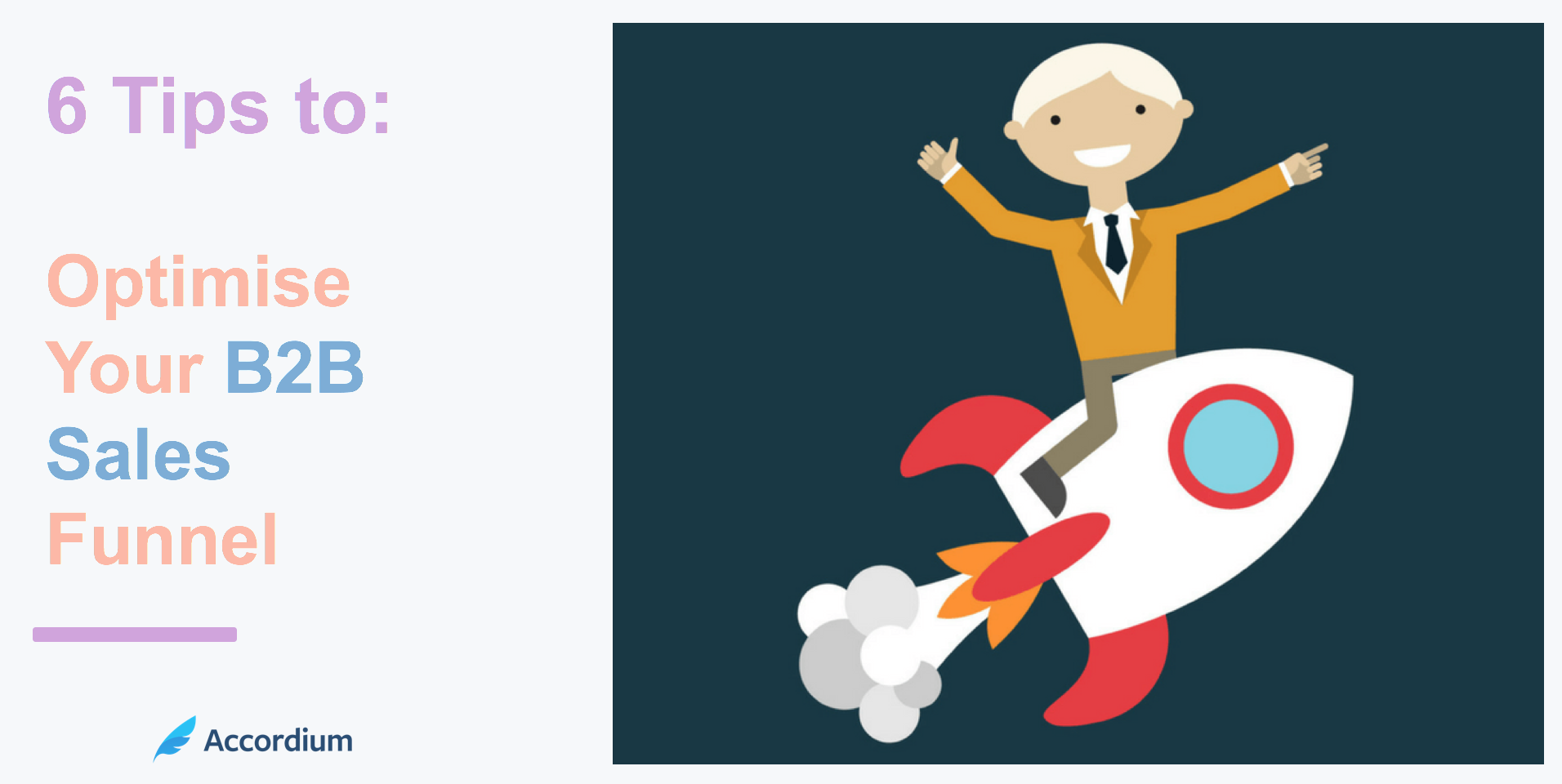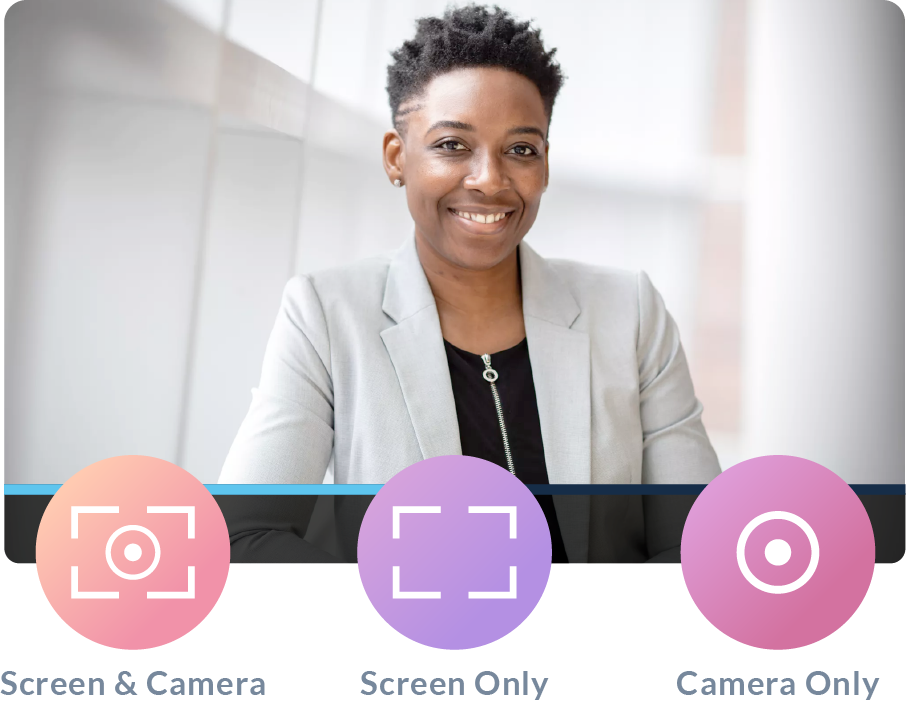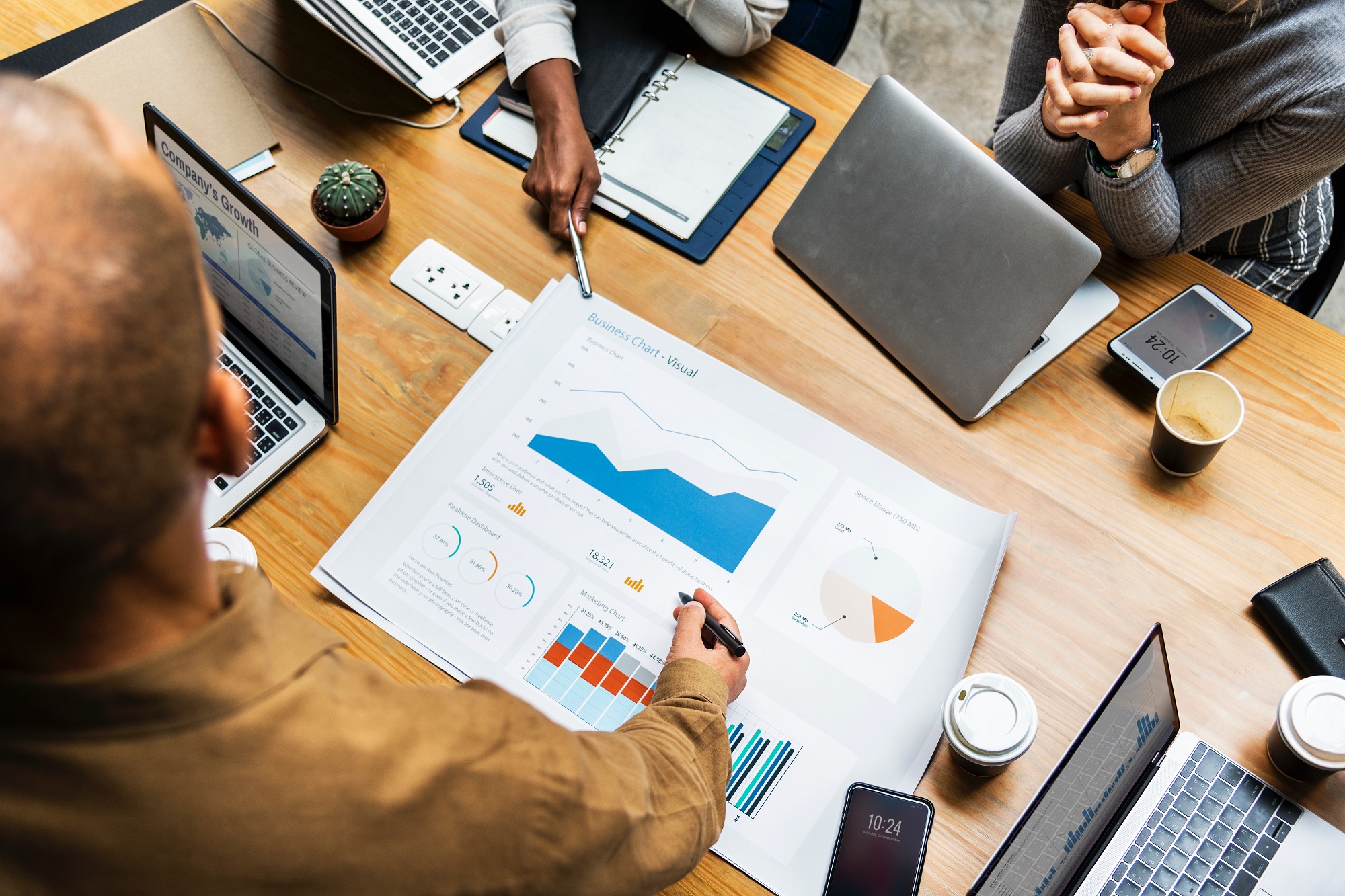Funnel optimisation should be a priority for any sales focused business. While most have an understanding of the types and different stages of the B2B sales funnel, very few know how to improve it.
According to a market analysis performed by MarketingSherpa, 68% of organisations do not have a clearly defined sales funnel.
Your sales funnel is a visual representation of the conversion of your potential customer (or lead) into your customer. A typical sales funnel can be broken down into three stages:
- lead generation (top of the funnel)
- lead nurturing (middle of the funnel)
- customer acquisition and retention (bottom of the funnel).
B2B SaaS sales funnels vary in complexity from one organisation to the next depending on your lead generation and lead nurturing strategies. In this article, we’re assuming you’ve already identified what your sales funnel looks like.
If you haven’t done that yet, here’s an excellent piece from Crazy Egg to get you started.
When it comes to optimising your funnel, it’s not about focusing on any one particular stage. Instead of fine tuning one stage, you need to look at fine tuning the entire funnel.
An approach that looks along the funnel, rather than isolating each stage is what is needed.
Here are six tips to help you optimise your B2B SaaS sales funnel.
#1 Sales Data Trumps All
Not using data is a missed opportunity for any SaaS company, ourselves included. It’s the difference between knowing your customer and what makes them move along the funnel or just taking a guess.
Simply having a sales funnel in place is not enough. You need to identify the data points along the funnel that you will use to measure success for better conversions. Above all, those data points need to make sense for you and your team.
The KPIs you put in place should measure the performance of your funnel as well as optimise it as you go along. If you’re unsure of what KPIs to measure, our last article on sales metrics every VP should measure will provide good starting ground.
Whether it is acquiring more qualified leads or retaining loyal customers, building your sales system on a foundation of analytics will give your team the ability to make informed decisions.
#2 Engage your customers
A big mistake most SaaS companies make is focusing on getting paid subscriptions, rather than getting their users to actually use their software and see how it benefits their lives.
When it comes to effective selling, your sales team need to make your customers realise the value your SaaS provides. Once your customers see how much value you bring in, it will be hard for them to say no.
In order to do that, you need to make engagement with your product a part of the selling process, requiring minimum commitment from the customer’s end.
Gingerbread Marketing gives us a great example of how Mention.com does this. Knowing that many of their customers will surpass the usual phone conversations with a sales rep and go directly to their website, Mention gives their free trial a twist by allowing their new users to create an online alert directly when they sign up.
[Image caption: Source: Gingerbread Marketing]
This method combines Mention’s trial, engagement and on-boarding all together in one seamless process. At the same time, by setting up their alert right away, it helps their new customers see the value their SaaS provides upfront.
To sum it up, make sure your customers understand the value you provide by engaging them with your SaaS product from the start.
#3 Define your real CAC
This KPI is so important, we had to give it a space of its own.
If you’re not measuring how much it really costs you to acquire a customer, you’re in the dark because you have no idea how much revenue each of your customer represents that hasn’t already been spent on signing them up.
Usually when we measure CAC we do so by calculating from the user’s immediate source. For example, if you received a customer through a Facebook ad that cost you USD10 per customer, you would consider that as your CAC. But you’re doing it wrong.
The real way to measure CAC is to run the customer journey through your entire funnel starting from marketing and ending with customer success.
Lincoln Murphy calls this “fully loaded” CAC and defines it as everything it takes to get the customer including:
“…the cost of advertising, marketing, sales, support during the Free Trial, on-boarding costs, etc. – and even includes the costs associated with attracting prospects (and non-prospects) that didn’t convert to a paying customer.”
Once you get a handle on your real CAC you need to measure it up against your customer profitability and lifetime value (LTV) to get a proper idea of how to optimise your funnel from end to end. That way you’ll know both how much you’re spending on your customers and how long you are spending it.
#4 Identify any sales bottleneck
Optimising a SaaS sales funnel for efficiency starts by looking at your funnel and asking: where does it get narrow really fast? Visualise it by looking at your different data points at each identified stage.
In an ideal world, your funnel would be parallel i.e. all your leads would convert to customers. But we all know that’s not the case. Aiming for a funnel where numbers keep at a consistent rate throughout is good enough.
Naturally, you’ll experience the sharpest drop near the beginning where your leads are being qualified.
A funnel that shows a sharp drop somewhere after lead qualification most likely has a bottle neck. These occur when your processes make it difficult for leads to move on to the next stage of the funnel.
It may be caused by poor qualification at the beginning or it may be that your prospects don’t fully understand what they are expected to do because the value of taking the next step isn’t apparent to them.
When that happens, take a step back and play the devils advocate by identifying all and any objections your customers may have along the funnel. It is more or less like pre-emptive objection handling: remove as many sources of friction as you can foresee and you’ll be well equipped for the objections that need handling.
#5 Streamline your time to close
Salesforce’s Second Annual State of Sales Report stated that 64% of a sales reps time is spent on tasks which doesn’t actually involve selling.
Knowing that more than 50% of your sales reps time is being spent on not engaging your potential customers in a sale, is an alarming statistic. And can be a huge bottle neck to your overall sales funnel.
That is why rather than looking at your sales funnel in a stage-by-stage perspective, sometimes breaking down each stage and identifying areas of lack of productivity can prove helpful too.
Tracking KPIs like the average length of a sales cycle and the average Productivity Per Rep (PPR) will help you pinpoint sales performance issues or process inefficiencies.
When your sales reps aren’t selling, the same report identified that a quarter of the tasks were spent on administrative work such as drafting, editing and chasing contracts.
Therefore, taking advantage of sales tools with workflow automation, electronic document management, and e-signatures can help reduce the administrative burden of each sales rep.
#6 Don’t forget what happens after the close
In the SaaS world, upgrades and renewals make up about 70-95% of the overall revenue. Your team needs to take a long term view when selling because your customers will prove their maximum value only after their initial purchase.
Therefore, your main focus should be on retaining your users and upgrading them. The diagram below explains this.

[Image caption: Source: For Entrepreneurs]
With the majority of your income coming in after initial purchase, when it comes to SaaS, retention needs to be viewed as part of the funnel too, and it needs to be optimised along with the rest of the funnel in a coherent way.
The concept of bottle necks that we explained in point 4 applies all along the funnel. That means it applies after purchase too. Optimising funnels for post-purchase success means bringing customer success into sales, much like you bringing marketing into sales at the top of the funnel.
When optimising the post-purchase funnel for bottle necks, you’ll need to keep an eye out for sudden drop-offs at transition points, the same as you did in the pre-purchase funnel.
Bottomline
Defining your funnel is important. It will prove to be your trusted friend yielding the numbers your team has set out to target.
Like any good friendship, the relationship is liquid which means you’ll have to consistently interact with the structure of your funnel, put into practice, and continually optimise its application.
Want to receive more tips for your sales department’s long term success? Sign up for our blog now!



